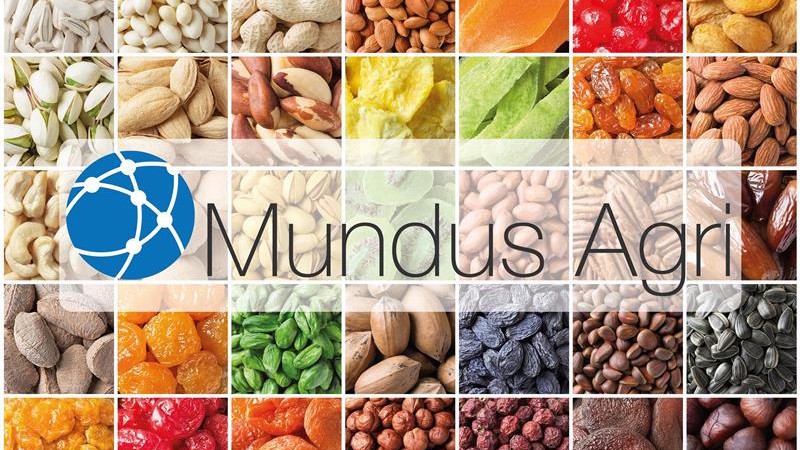Rapeseed: Active international trade is long over
February 2, 2018 at 5:03 PM ,
Starry Night Ltd.

BULGARIA. Although, throughout recent years, farmers have realized relatively high returns on their investments from rapeseed husbandry and trade, oil refinery of the crop locally has not managed to take off on a large scale, but is instead limited. During the whole marketing season 2016-17, local demand for the grain within the country represented only 16.2% of total availability – 509,251 mt, including carry-over and imports. As a consequence, imports -- usually incoming from countries such as Romania and Ukraine -- remain a small fraction on a yearly basis, having reached 33,743 mt by the end of the previous marketing season. Most probably, by the end of the current marketing season, the share of volumes of local consumption and imports will not differ drastically from that of last year.
|
Harvest 2017-18 (01.07.2017 – 26.01.2018) units in MT |
|
|
Beginning availability |
25,000 |
|
Aggregate output |
458,110 |
|
Imports |
27,655 |
|
Domestic consumption |
45,600 |
|
oil & biodiesel production |
45,600 |
|
Exports to the world |
421,861 |
|
to EU markets |
388,365 |
|
to rest of the world |
33,496 |
Source: Bulgarian Ministry of Agriculture
The majority of the crop is exported to markets of the EU such as Belgium, France, Germany, among others. Currently, it is not conceivable to find substantial quantities of rapeseed for exports since the output of the country, being a small regional producer of the grain, is swiftly bought out after harvest. Indeed, the high oil content of rapeseed, reaching at some places within the Northeast region of the country to as much as 44.8%, pushed the price of the crop to as high as 0.378 EUR/kg EXW farmer’s warehouse. The relatively small national output and the high quality of the grains make the crop quite marketable. For instance, by the end of 2017, according to local authorities, total exports reached 92% of aggregate output, harvest 2017-18.
There is only one way to reduce exports on an annual basis, ceteris paribus, and it is by curbing planting, thus influencing final output. A case in point, by the end of January 2017, the country exported 490,771 mt out of a national output of 493,157 mt, excluding carry-over and imports, while by the end of January 2018, total exports came to 421,861 mt out of an aggregate production of 458,110 mt, excluding carry-over and imports. The lesser one has, the lesser one sells, and vice versa, cetera paribus!





